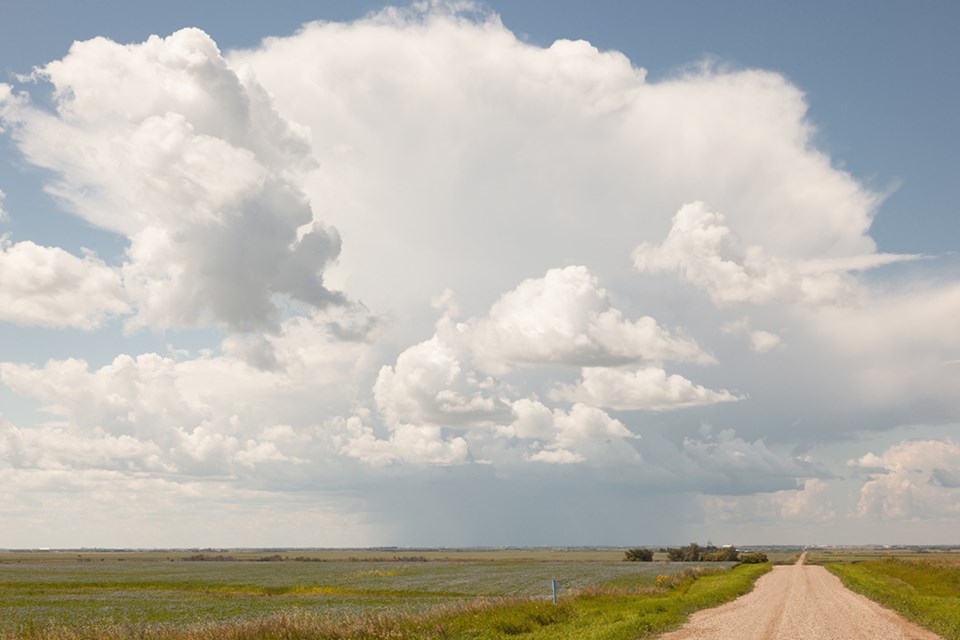SASKATCHEWAN — Crops are quickly progressing across the province thanks to recent widespread rainfall and relatively warm weather.
The weekly crop report from Saskatchewan Agriculture says many areas continue to struggle with excess moisture and yellowing crops. Others welcomed the rain as it has helped crops and pastures recover from dry conditions.
Many crops are behind their normal stages of development for this time of year and warm temperatures would be appreciated to help them advance and for wet fields to dry up.
The rain has come too late in the southwest and west-central regions and crops that were already prematurely advancing will likely not be able to recover.
Sixty-one per cent of the fall cereals are now heading out while 28 per cent of the spring cereals are now at the shot blade stage; an additional 12 per cent is heading out. Fifty per cent of the flax crop is at the stem elongation stage, 62 per cent of the pulses are at the vegetative stage and 38 per cent are flowering. Fifty-four per cent of the canola and mustard is in the rosette stage while 16 per cent is now flowering.
Widespread rainfall ranged from trace amounts to 67 mm in the Vanguard area. There are reports of localized flooding due to heavy downpours in some areas of the southeast.
Topsoil moisture conditions have improved this past week. Cropland topsoil moisture is currently rated as nine per cent surplus, 71 per cent adequate, 18 per cent short and two per cent very short. Hay and pasture land topsoil moisture is rated as eight per cent surplus, 66 per cent adequate, 22 per cent short and four per cent very short.
Haying operations have been slower than normal due to the frequent rain, high humidity and lack of growth in some areas. Livestock producers now have eight per cent of the hay crop cut and three per cent baled or put into silage. Hay quality is rated as 19 per cent excellent, 62 per cent good, 16 per cent fair and three per cent poor. The recent rain will improve hay crops, although estimated yields continue to be lower than average.
Pasture conditions have also improved and are now rated as 17 per cent excellent, 48 per cent good, 20 per cent fair, 13 per cent poor and two per cent very poor.
Crop damage this past week was due to localized flooding, strong winds, extremely dry soil conditions, hail and leaf spot diseases. Grasshopper populations have drastically increased in many areas and gophers continue to cause damage in many fields.
Producers are busy applying fungicides and insecticides, scouting for pests, fixing equipment and haying.





